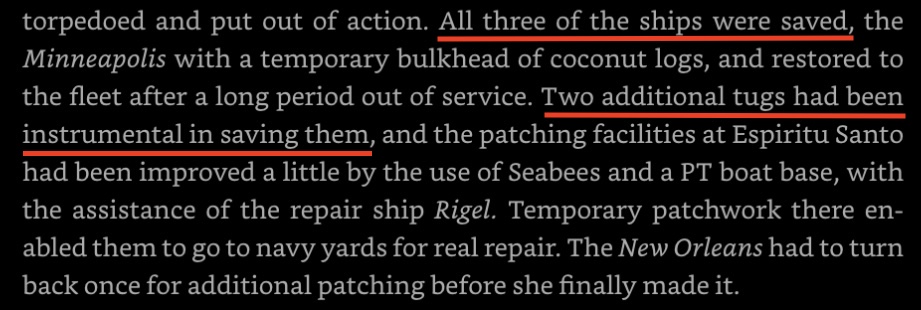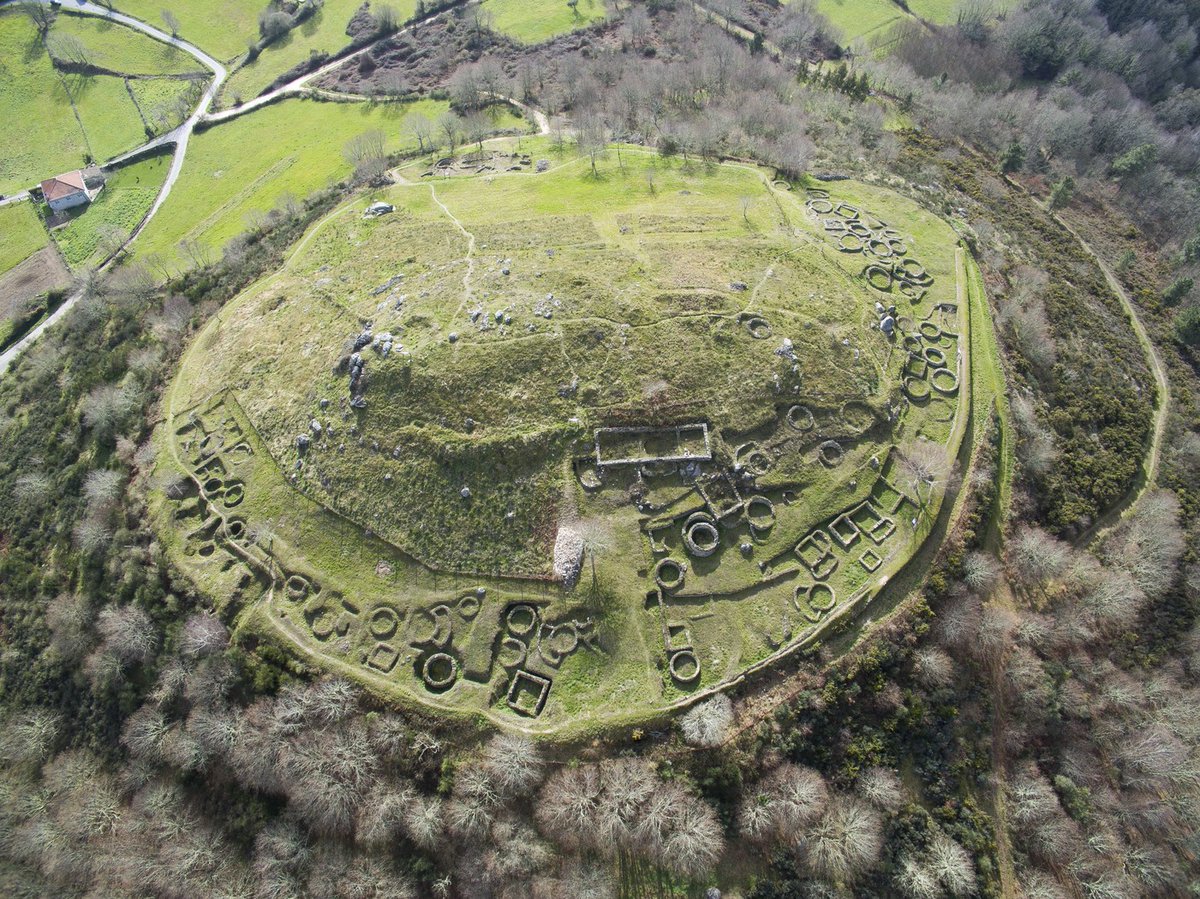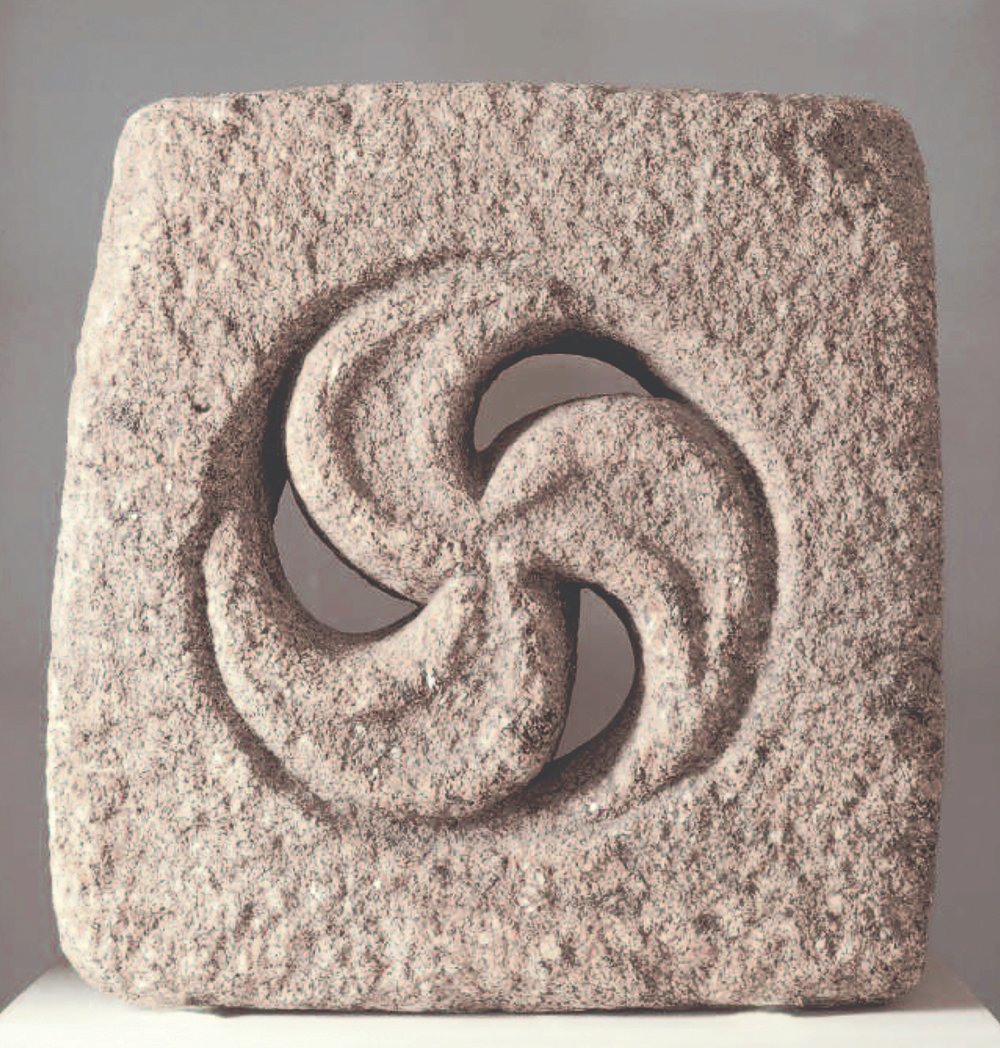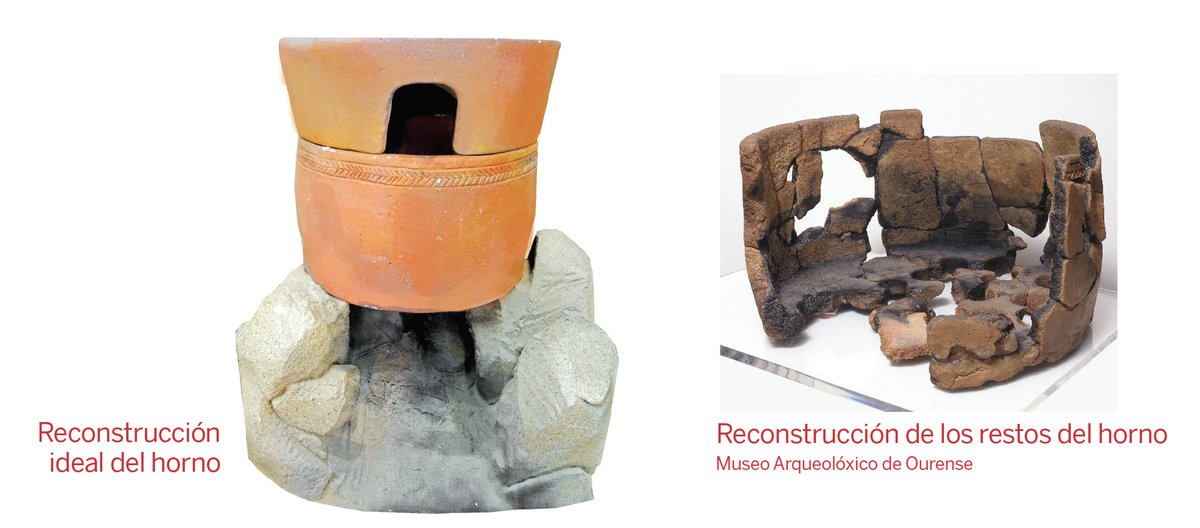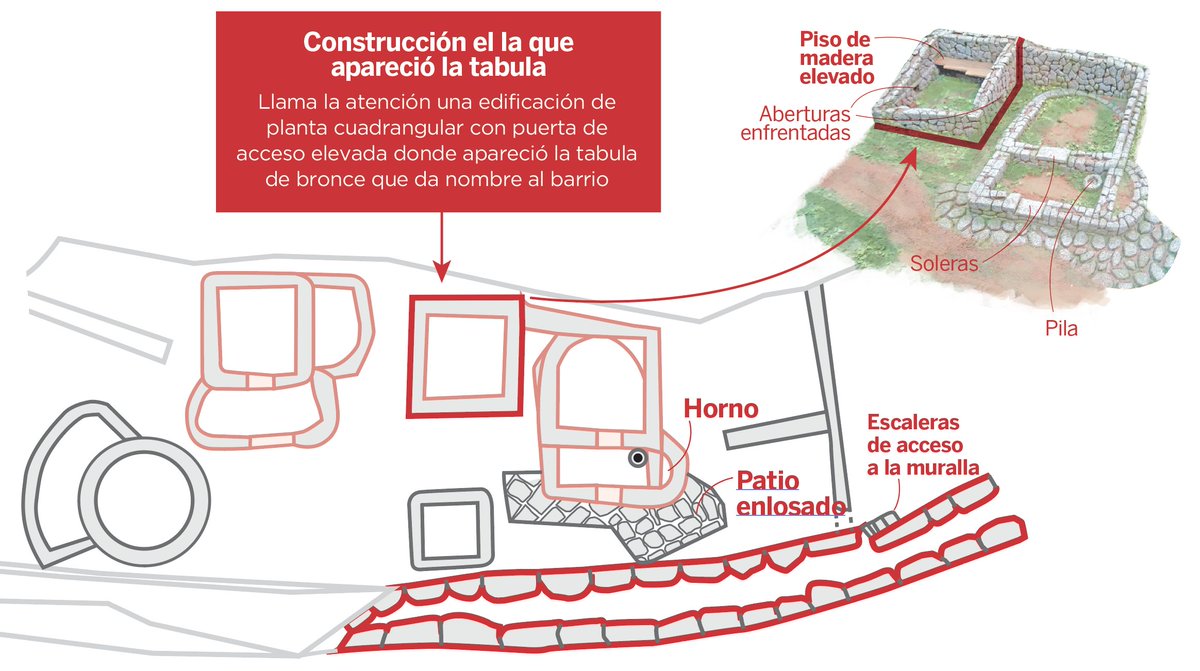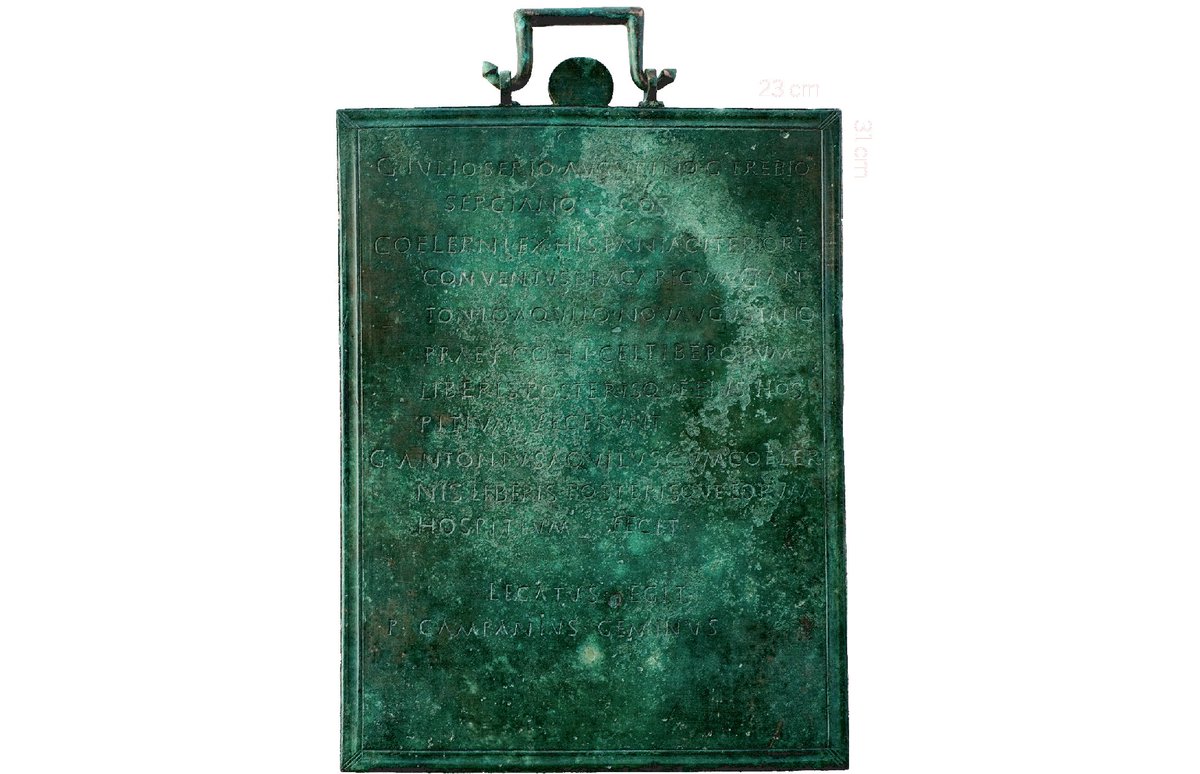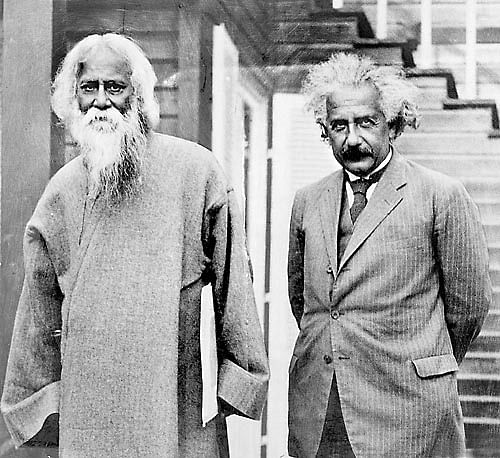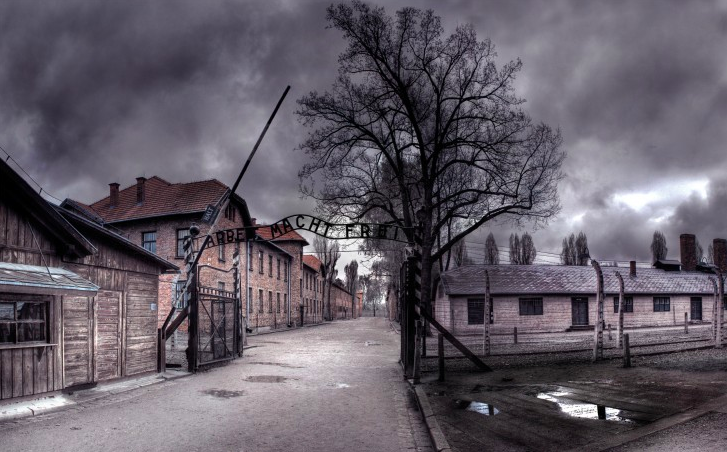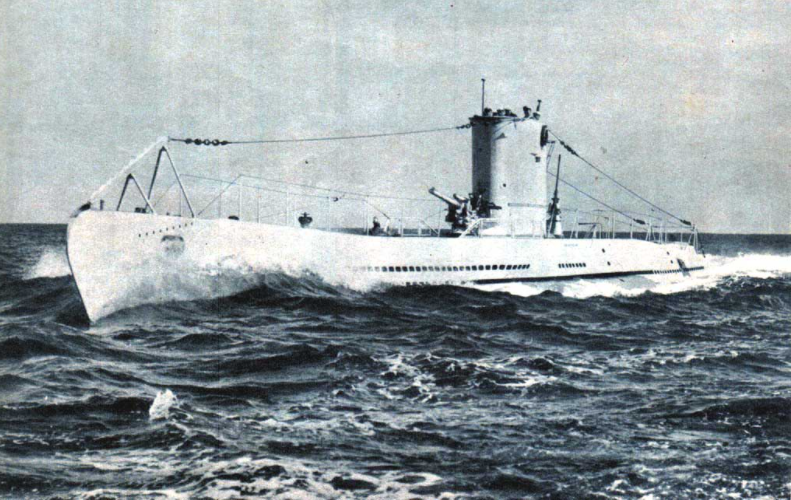Categories History
7 days
30 days
All time
Recent
Popular
#Kanishka I was, the greatest, and certainly the most famous, of the #Kushan kings.
He is known, from the combined testimony of the literary, epigraphic, and numismatic sources, to have ruled over an extensive dominion extending from Bihar in the east to #Khorasan
@atalbrave https://t.co/o9dOqR8bDg
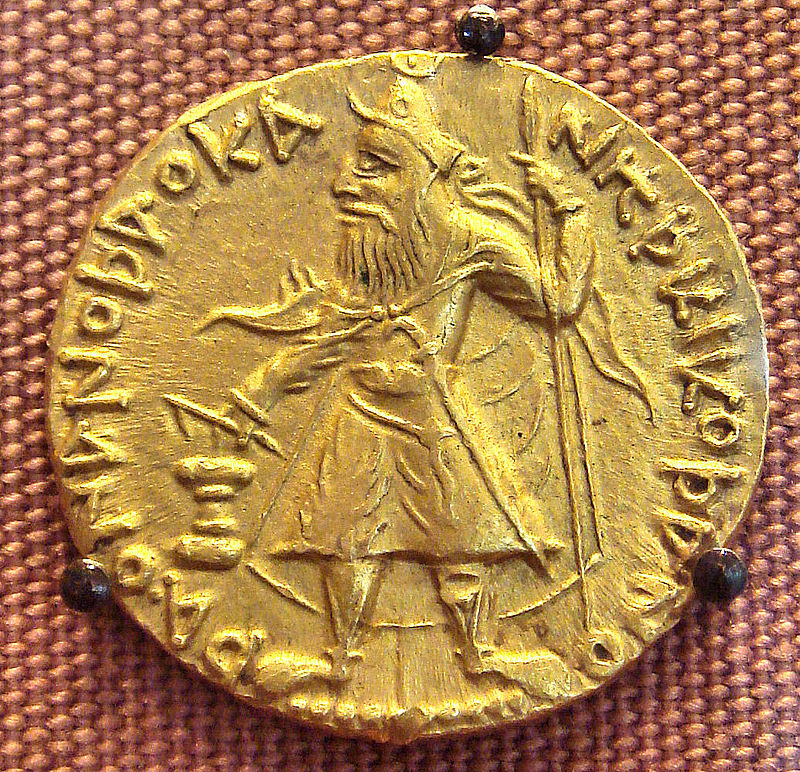
in the west, and from #Khotan in the north to, perhaps, #Konkan in the south.
The dates and findspots of some of the inscriptions of #Kanishka I are interesting:
#Kosam inscription dated year 2,
#Sarnath inscription dated year 3,
#Mathur¹ inscription dated year 4,
#Suivihar inscription dated year 11, and
#Manikiala inscription dated year 18.
#AFG
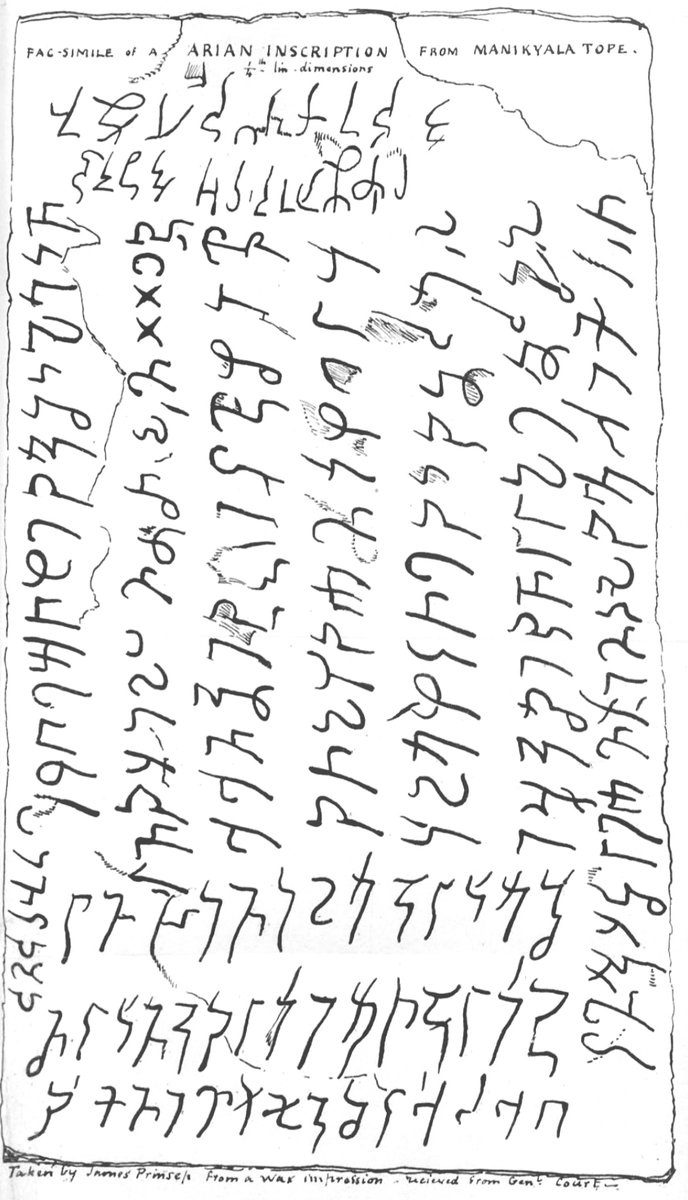
Kanishka I, belonged to the Little #Yüeh-chih branch settled in Tibet, entered #India through #Kashmir.
He carved out a principality for himself somewhere in #UttarPradesh, sometime after the death of V’ima #Kadphises.
He then extended his sway towards the west and the northwest.
However, the recently discovered #Rabatak inscription #SurkhKotal shows that he was, in fact, the son and successor of V’ima Kadphises.
Kanishka I attained several military successes in the east.

He is known, from the combined testimony of the literary, epigraphic, and numismatic sources, to have ruled over an extensive dominion extending from Bihar in the east to #Khorasan
@atalbrave https://t.co/o9dOqR8bDg

Now, #Kanishka, sometimes known as the great, the most celebrated of #Kushans, the founder of his own era, the great conqueror, the \u2018inventor\u2019 of #Bactrian writing. This will be a language & coin galore. #Afghanistan 1/ kr pic.twitter.com/Ji30OIIZiI
— Afghan Historians (@AfghanHistorian) August 10, 2019
in the west, and from #Khotan in the north to, perhaps, #Konkan in the south.
The dates and findspots of some of the inscriptions of #Kanishka I are interesting:
#Kosam inscription dated year 2,
#Sarnath inscription dated year 3,
#Mathur¹ inscription dated year 4,
#Suivihar inscription dated year 11, and
#Manikiala inscription dated year 18.
#AFG

Kanishka I, belonged to the Little #Yüeh-chih branch settled in Tibet, entered #India through #Kashmir.
He carved out a principality for himself somewhere in #UttarPradesh, sometime after the death of V’ima #Kadphises.
He then extended his sway towards the west and the northwest.
However, the recently discovered #Rabatak inscription #SurkhKotal shows that he was, in fact, the son and successor of V’ima Kadphises.
Kanishka I attained several military successes in the east.

Thread: William Leech (1881-1968) was an Irish painter. He was a Post Impressionist who painted light & colour. Unknown outside of Ireland his pictures are a delight for the eye.
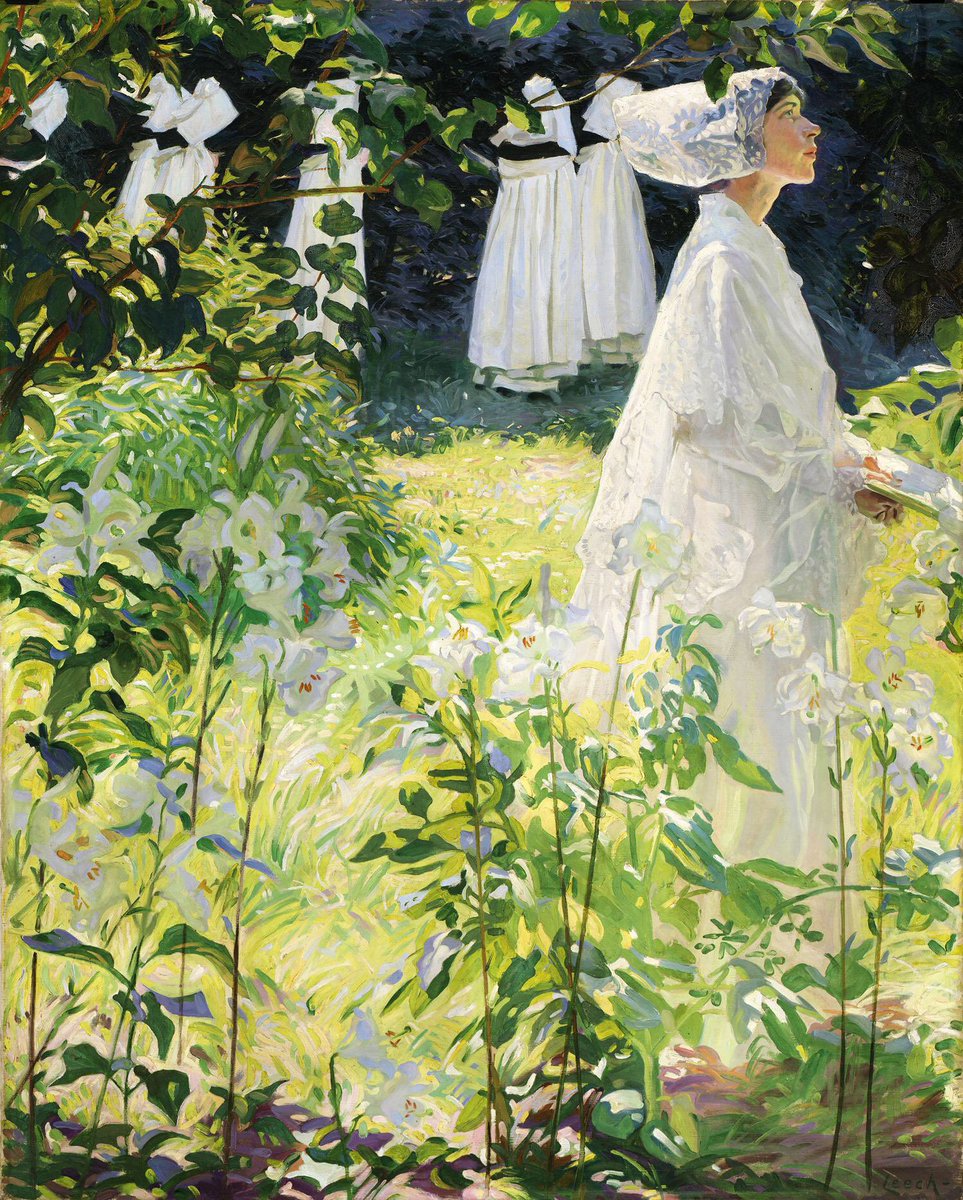
Born in Dublin into a professional Unionist family he went to the Metropolitan School & then the RHA Art School where he had the good luck to study under Walter Osborne. He left for France in 1901. (Images by Osborne)

Today is the final day for Christmas deliveries for the Republic of Ireland. Please order ASAP so I have time to have them shipped. Thanks!
He spent time in France & was open to influences. Later Matisse & Derain were his lodestars. He was at the Académie Julian (the main studio for foreigners in Paris). He went on to Brittany (1903). Paris (1901), Beach, Dublin (c1906) & Concarneau (c1903) & Blue Nets (c1903)
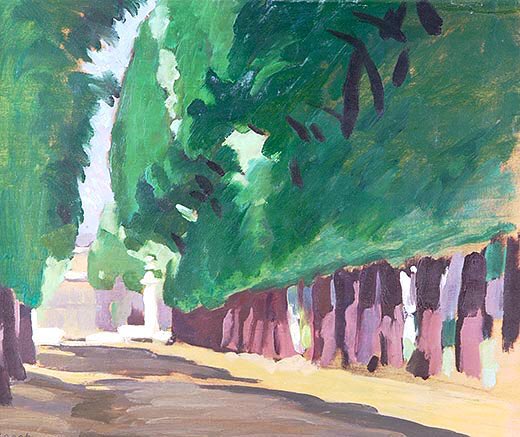
Leech was back in Dublin in 1903. He tried as a society portrait painter but there was not the demand there. He was noted for his small plein air landscapes. He left for London (1910-14). Caves, Concarneau (c1910-3), Howth (c1909) & Playing by the Shore (c1910s) & Seascape (nd)
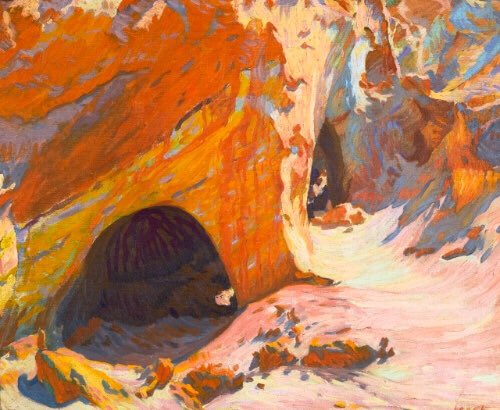

Born in Dublin into a professional Unionist family he went to the Metropolitan School & then the RHA Art School where he had the good luck to study under Walter Osborne. He left for France in 1901. (Images by Osborne)

Today is the final day for Christmas deliveries for the Republic of Ireland. Please order ASAP so I have time to have them shipped. Thanks!
Please Retweet
— Dr Robert Bohan Artist (@RobertBohan) December 21, 2020
Last day for Irish Republic Christmas Delivery
My ink drawings are about joy, hope, love & empathy. When you buy one you can choose a second free*.
Please order ASAP so I have time to pack & ship by 3PM today! pic.twitter.com/VB8ZtzNVPL
He spent time in France & was open to influences. Later Matisse & Derain were his lodestars. He was at the Académie Julian (the main studio for foreigners in Paris). He went on to Brittany (1903). Paris (1901), Beach, Dublin (c1906) & Concarneau (c1903) & Blue Nets (c1903)

Leech was back in Dublin in 1903. He tried as a society portrait painter but there was not the demand there. He was noted for his small plein air landscapes. He left for London (1910-14). Caves, Concarneau (c1910-3), Howth (c1909) & Playing by the Shore (c1910s) & Seascape (nd)

This is a great question, so let's get into this in more detail!
The question here is is essentially, "what did Philip II (father of Alexander) do to the Spartans, and how do we know that?"
A thread! 1/25
First off, our sources for the life of Philip II are really poor. Unlike the multiple biographies we have of his son Alexander III ('the Great'), we have no sustained biography of Philip II. Consequently, we're left to piece together his reign from disparate sources. 2/25
There's a strong tradition that Philip II just left the Spartans alone. That tradition comes from Plutarch, who preserves that classic Laconic reply where Philip threatens that if he enters Spartan territory he would destroy them and they respond 'If' (Plut. De Garr. 17). 3/25
Frustratingly, some modern scholars repeat that tradition uncritically (e.g.Borza, In the Shadow of Olympus (1990), 225; otherwise excellent book) and so it gets included in things like the wikipedia article with the Laconic phrase and nothing more: https://t.co/VyazqjrkZ0 4/25
But we actually have a fair bit of evidence that Philip did invade Sparta and that the end results were less than the Spartans might have hoped for! 5/25
The question here is is essentially, "what did Philip II (father of Alexander) do to the Spartans, and how do we know that?"
A thread! 1/25
Hey I love this and want to send it to someone but I can't find a source for Philip invading them, Wikipedia says he just ignored them?
— Greg Luce (@garglfluz) January 17, 2021
First off, our sources for the life of Philip II are really poor. Unlike the multiple biographies we have of his son Alexander III ('the Great'), we have no sustained biography of Philip II. Consequently, we're left to piece together his reign from disparate sources. 2/25
There's a strong tradition that Philip II just left the Spartans alone. That tradition comes from Plutarch, who preserves that classic Laconic reply where Philip threatens that if he enters Spartan territory he would destroy them and they respond 'If' (Plut. De Garr. 17). 3/25
Frustratingly, some modern scholars repeat that tradition uncritically (e.g.Borza, In the Shadow of Olympus (1990), 225; otherwise excellent book) and so it gets included in things like the wikipedia article with the Laconic phrase and nothing more: https://t.co/VyazqjrkZ0 4/25
But we actually have a fair bit of evidence that Philip did invade Sparta and that the end results were less than the Spartans might have hoped for! 5/25






